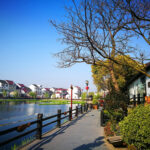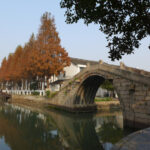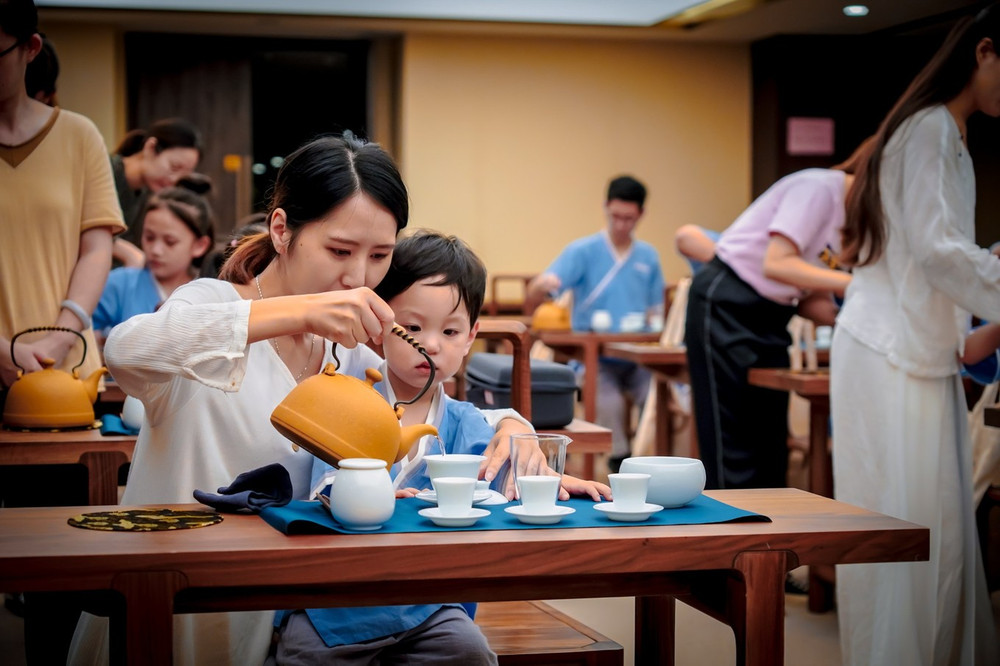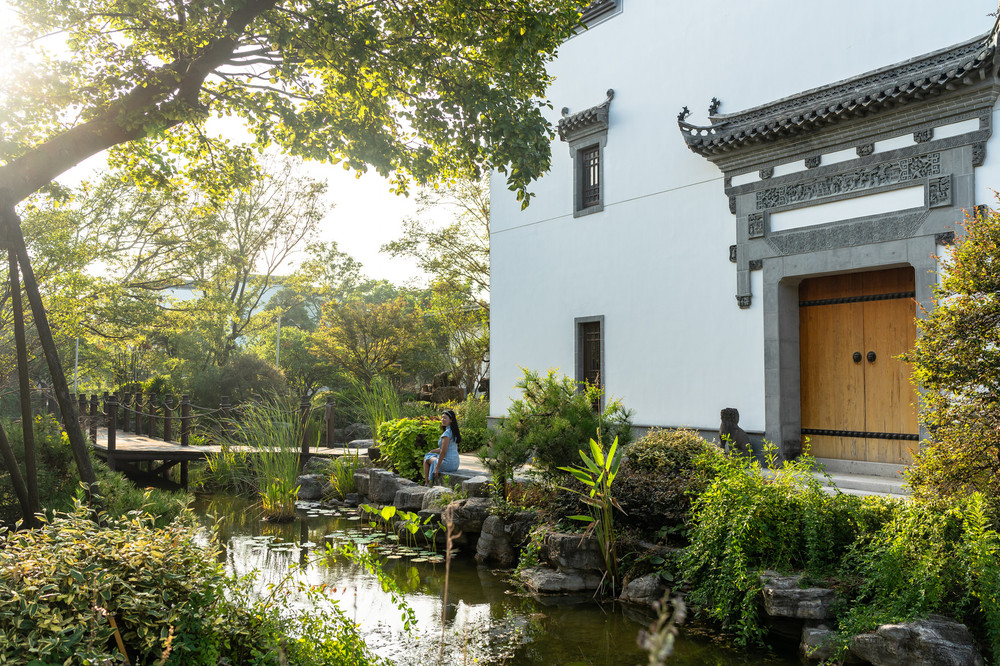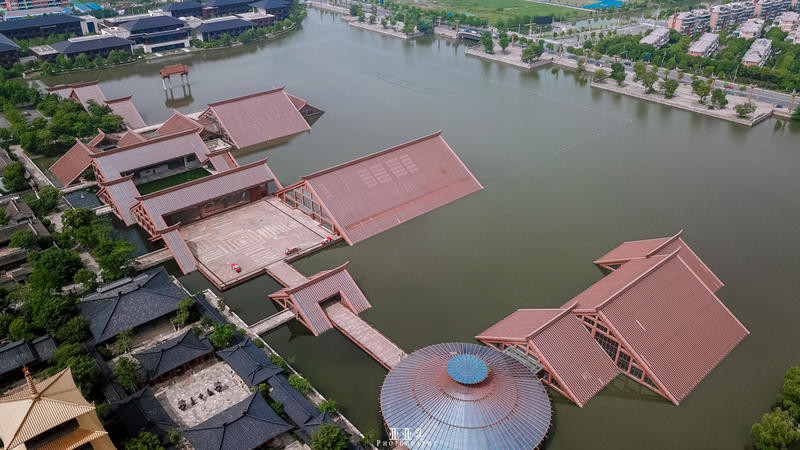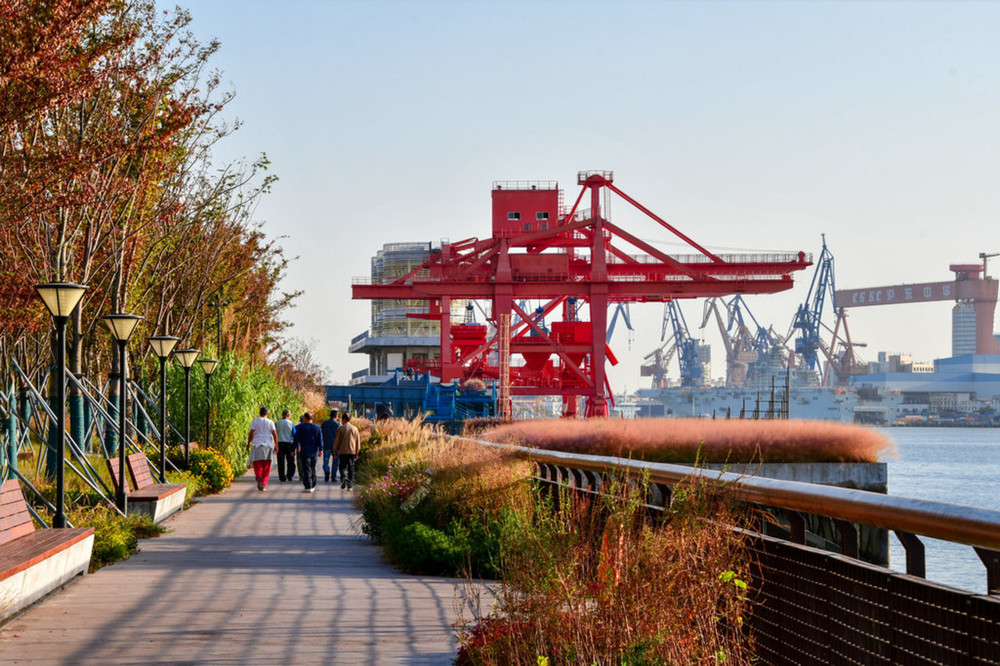**Trip Summary:**
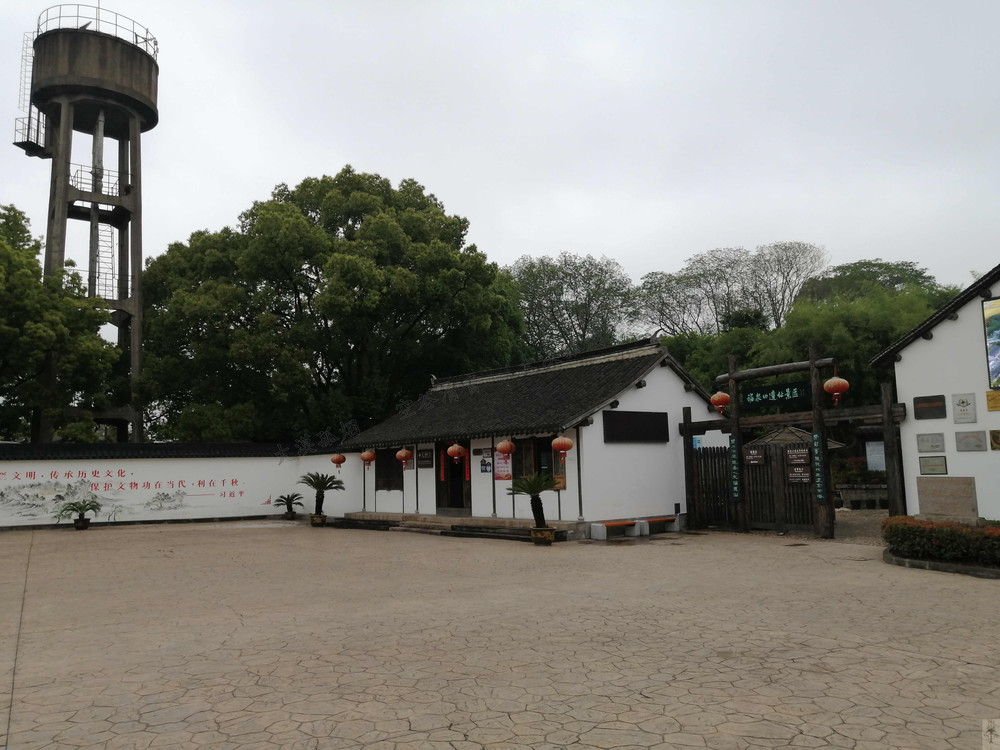
**Date:** May 5th, 2020
**Duration:** 1 day
**Cost per Person:** 50 yuan
**Travel Companions:** Alone
**Activities:** Self-driving, Cultural, Budget-friendly, Weekend trip
**Places Visited:**
Dishui Lake
Nanhui Mouth Sea Viewing Park
Nanhui Museum
Shanghai Ancient Bell Garden
Qingpu Museum
Songjiang Museum
Printing Museum
Chonggu Town
Fuquan Mountain Site
**Published:** May 10, 2020, 18:30
**Trip Narrative:**
Although the Labor Day of 2020 had a 5-day holiday, out of caution, I only explored the surrounding suburbs. On the 4th, I went to Dishui Lake and Nanhui Mouth Sea Viewing Park, where the number of tourists was not as crowded as shoulder to shoulder, but it was not small either. On the way back, I visited the Nanhui Museum.
I was mentally prepared that Shanghai 3000 years ago was a vast ocean, and it formed Qingpu a long time later, followed by Songjiang, Chuansha, and finally Nanhui, so I didn’t expect to find any influential cultural relics. After checking the Suishen Code, registering my name and phone number, and taking a forehead temperature, I entered the museum.
Standing in the relatively new museum exhibition hall, facing the sparse collections, only the word ‘shabby’ came to my mind. The Nanhui area of Pudong New District, originally Nanhui District, and before that Nanhui County, with the county town located in Huinan Town, the main exhibition area is these… After searching for a while, I finally found the cultural relics unearthed in Nanhui, which was not easy. The other 98% are basically from Songze or Maqiao, where the early civilization of Shanghai lies.The Han bottle, popular during the Southern Song and Yuan dynasties, is believed to have been used by soldiers in the army of the renowned Southern Song general Han Shizhong when he attacked the Jin troops. In addition to its military use, Han bottles also served as wine vessels. There are long bottle-shaped objects with double systems referred to as ‘bottle jars’, while those without systems are simply called ‘bottles’. In the classification of porcelain, bottles are considered one level higher than jars.
This bronze bell is also an old friend of mine. I first saw it more than twenty years ago in the ‘Ancient Bell Garden’, where it was placed in a pavilion. Unexpectedly, it has now been moved to a new location. It raises the question: what is the name of the original Ancient Bell Garden after losing this bronze bell?
On the 5th, despite the forecast of short-term heavy rain and thunderstorms, I proceeded with my plan to visit Qingpu District. When I set out, the weather was overcast, but fortunately, it did not rain. As I entered Qingpu city, just 2 kilometers away from the destination, the Qingpu Museum, it suddenly rained heavily. However, these difficulties were just a small episode on the path of cultivation, which I chose to ignore. I still needed to undergo the inspection of the Suishen Code, register my basic information, and have my temperature taken before entering and visiting.
The entire museum is shaped like a butterfly, suggesting a considerable total area, comparable to that of the Shanghai Museum. However, this particular shape results in a less spacious usable area, making it challenging to arrange exhibitions, especially for larger special or temporary ones.This skull is believed to belong to the Songze Museum. On previous visits, it was absent, with only a notice indicating it was ‘on loan’ displayed in the exhibition case. This time, it was encountered at the Qingpu Museum.
The ‘Greatest in Shanghai’ section of the Qingpu Museum features several items, but unfortunately, the other artifacts were not on display, only their descriptions were available. Fugong Mountain is the cradle of Shanghai’s civilization, and the Qingpu Museum’s exhibits primarily consist of artifacts unearthed from Songze in Qingpu and Fugong Mountain.
The Songjiang Museum, on the other hand, has a larger collection of artifacts from the Maqiao site. There are numerous jade cong on display, starting from different areas in Qingpu.
This section is about the introduction of Qinglong Port, which had a special exhibition last year at the Shanghai Museum focusing on modern civilization.
After concluding the visit to the Qingpu Museum, a visit to the Printing Museum is planned. Coincidentally, there is a special exhibition, ‘Kizil Grottoes Mural Art Exhibition,’ which was originally scheduled to end in February. Unexpectedly, due to the closure caused by the ‘anti-epidemic’ efforts, the exhibition period was extended, providing an opportunity to catch this unique display.
After viewing the replicated Cave 38 with a flashlight, upon reaching the main entrance, the rain stopped, which was fortunate.
Approximately 2 kilometers away from the Qingpu Radio and Television Tower, one arrives at the China Printing Museum, which is not on the roadside but in a park, making it easy to miss.The security check at the park’s gate is routine. After entering about 150 meters, the museum comes into view. It feels like entering a deserted place with no staff members in sight, providing an exclusive experience. There are numerous printing machines, mostly imported, indicating that the path to industrialization is still challenging. The Printing Museum’s exhibition area is relatively small, feeling around 800 square meters, and it doesn’t take long to finish the visit. Setting off again, heading to the Fugong Mountain site in Chonggu Town, about 8 kilometers away from the Printing Museum. Having left the urban area of Qingpu, Chonggu Town is clearly a suburban town, quiet yet thriving. The ticket office’s ticket sales end at 15:30, which explains the lack of visitors as the visitation has already ceased. Arriving a bit late leaves some regret but also provides motivation for a future visit. The birthplace of Shanghai is this small mound behind the gate, where some artifacts representing Shanghai’s civilization were unearthed. Taking advantage of the rain-free weather, it’s time to head back home.
